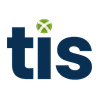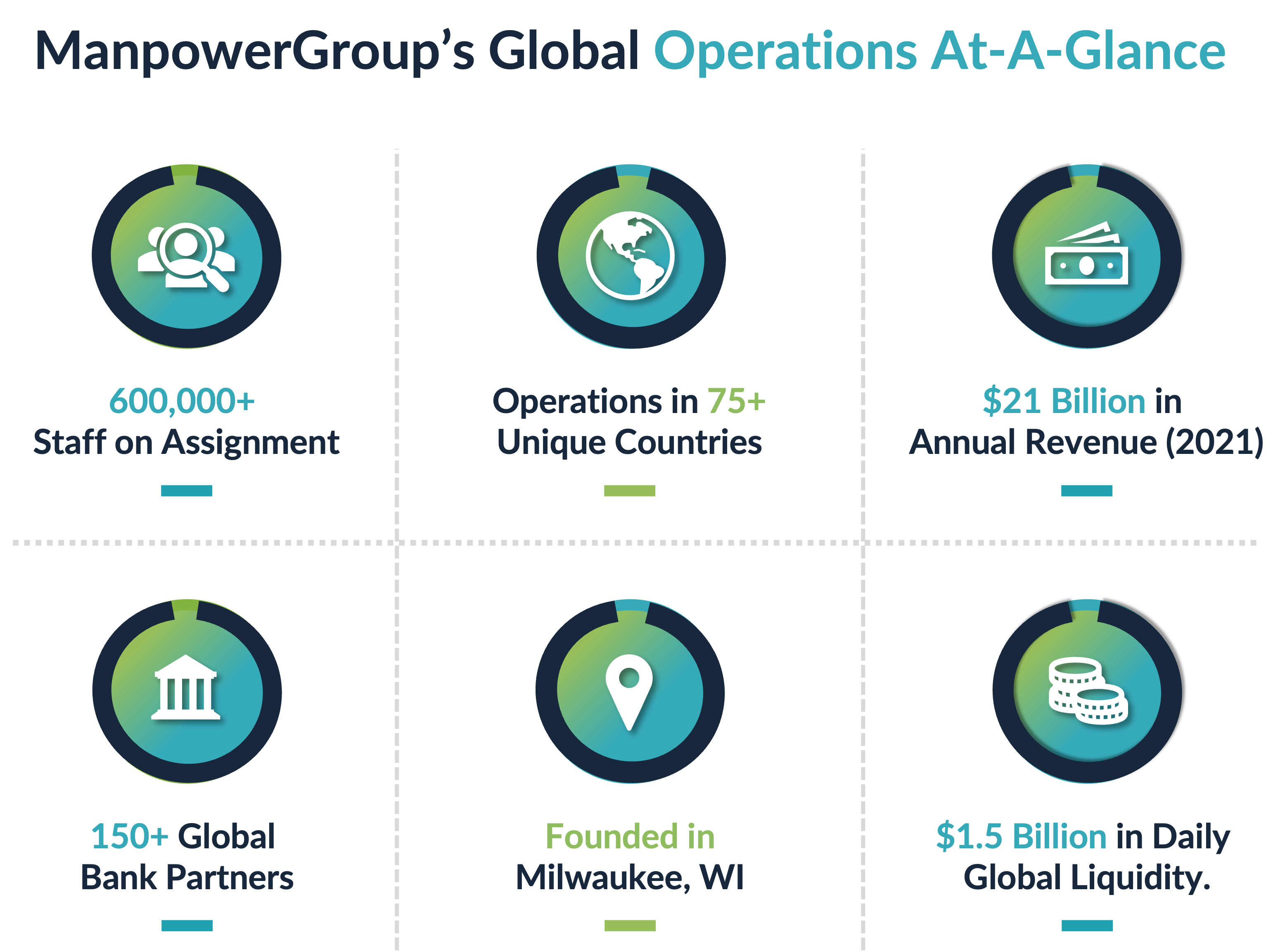This blog provides an in-depth review of how the three-person treasury team at ManpowerGroup (MAN) transformed its global liquidity and payment operations through the strategic deployment of a cloud-based ERP, TMS, and Enterprise Payment Hub. After reviewing the before-and-after stages of the implementation, we finish by examining the various benefits, both financial and otherwise, that were realized by ManpowerGroup’s treasury team as a result of their successful project.
Getting to Know ManpowerGroup
For those who may not be familiar with the staffing industry, ManpowerGroup Inc. (MAN) is one of the largest and most well-respected enterprises in the field. As of 2022, they are a Fortune 500 company with ~$21 billion in annual revenue, 600,000 workers on assignment, 25,000 employees, and operations in over 75 countries. Although they are a global company, ManpowerGroup was originally founded in Milwaukee, Wisconsin, and this office continues to serve as their primary headquarters.
From a treasury standpoint, ManpowerGroup’s global operations are managed by a three-person team operating out of the Milwaukee office. Between them, ~$1.5 billion in daily liquidity is managed and stewarded. Although there are various financial processes managed by personnel at the local and regional levels, this global team is ultimately responsible for the enterprise’s liquidity, pooling, forecasting, and bank account management functions.
But as you can imagine or may know from experience, a three-person team tasked with managing global treasury for a multibillion-dollar enterprise will almost certainly face challenges regarding bandwidth. This is especially true if the enterprise does not have a financial technology stack that is helping maximize efficiency and automation, as manual processes are all too often the crux of smaller treasury groups.
This is the exact situation that faced Fernando Tenuta, Assistant Treasurer for ManpowerGroup, when he rejoined the company in 2013.

ManpowerGroup’s Treasury Technology Dilemma
Like most companies in the staffing industry, ManpowerGroup operates on razor-thin margins. From a budgeting standpoint, this means that each department’s annual spending undergoes rigorous internal scrutiny, especially when it comes to new technology. As a result, ManpowerGroup’s investment in financial and treasury software was lacking.
But while a combination of Excel and bank portals may have worked fine to start, as hundreds of banks, thousands of offices, and millions of employees, associates, and vendors gradually spread across the globe, the need for enhanced technology became increasingly obvious.
This is why in 2017, Fernando decided it was time to lead an effort to overhaul ManpowerGroup’s treasury architecture.
As he began plotting the pathway to treasury automation, Fernando knew he had very little technical infrastructure on which to build. Instead, most of his team’s processes were manual, bank portals were prominent, and Excel reigned. Many of the ERP systems used across the globe were also not connected with one another. Subsequently, there was practically no visibility or control over the payment processes and bank relationships used by ManpowerGroup’s individual entities, most of which had independently developed their own banking and payment networks over time.
Due to this lack of integration and connectivity, Fernando’s ability to calculate daily cash positions, monitor payments activity, and manage the enterprise cash pool was significantly impeded. It would often take days or even weeks to receive the latest cash balances and payments data from local subsidiaries, and by the time that data arrived, it was already outdated. This made it nearly impossible to develop short-term forecasts and react to changing cash and business needs.
As Fernando pried deeper into ManpowerGroup’s treasury workflows, some key points of complexity that he identified included their use of 150+ banks and 1,200+ bank accounts across all entities, with <25% daily visibility at the HQ level to these accounts. In addition, it was not uncommon for Fernando’s team to wait 5+ business days after the close of the financial period to view cash balances from its foreign subsidiaries. This meant that their daily and weekly cash forecasts were unreliable, which then hindered their short-term investment strategy and obstructed their ability to pool and repatriate cash.
As Fernando and his team identified these issues and evaluated the best ways to improve, they began developing a business case for overhauling their financial technology environment and investing in an entirely new suite of systems.
Ultimately, after nearly a year of due diligence, Fernando decided it was time to bring their proposal up the chain.
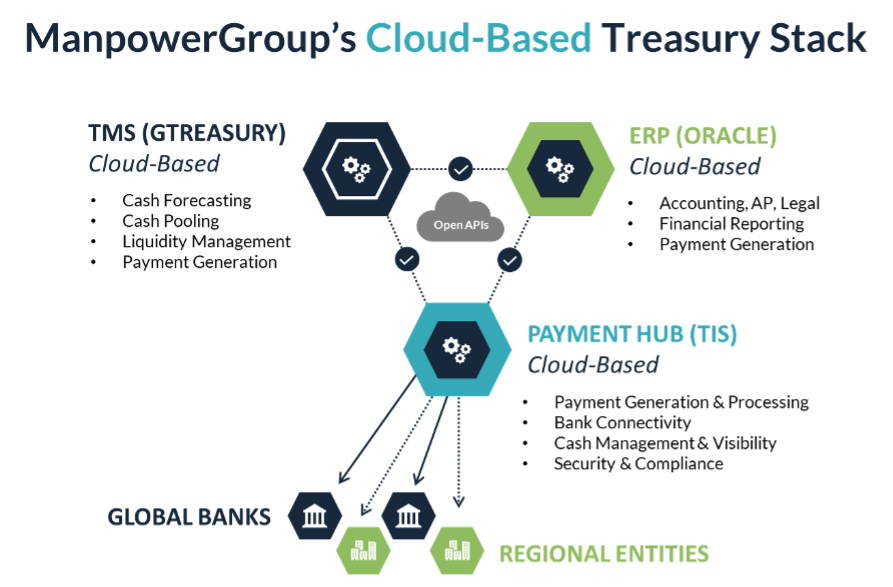
Developing a Roadmap for Global Treasury Transformation.
As Fernando began the process of gaining approval for his technology overhaul, his strategy relied heavily on presenting a business case that clearly benefited other departments like accounting and AP, as well as the personnel at each of ManpowerGroup’s local entities and business units. Gaining the budget for his project would ultimately require buy-in from a variety of these stakeholders, and that meant balancing his need for control and visibility at the HQ level with each business unit and department’s need for autonomy, visibility, and control.
For Fernando’s global treasury team, the priority was to achieve full visibility into daily cash flows and bank balances, automated connectivity across the company’s 15 core banks and ~500 accounts, and the ability to watch over local payment operations for purposes of managing security and compliance.
As Fernando evaluated all of these requirements and preferences, it was clear to him that they would need a TMS to bolster their cash forecasting, liquidity management, and bank account management functions.
In addition, he soon found that ManpowerGroup was already planning an ERP migration to a new cloud-based platform in the near future. To reap the full benefits of this ERP investment and to bolster their business case, Fernando wanted a robust bank connectivity solution to enable straight-through-processing and reporting to and from the ERP, as well as across various local systems and entities. Because ManpowerGroup’s IT team and business users from other departments could benefit from relying on Treasury for real-time payments and banking information, Fernando knew his impending technology was critical for determining how this information would be transmitted and controlled. And in order to provide the highest level of enterprise automation, he believed that a specialized payments solution may be needed to simplify and automate their bank connectivity processes.
Over the next few months, Fernando’s pitch to implement a cloud-based TMS and Enterprise Payment Hub alongside ManpowerGroup’s new ERP gained broad approval from other internal stakeholders. In the end, most departments at the HQ level were receptive to the project because Fernando’s team was able to clearly demonstrate the value that an automated payments and cash management workflow would provide them in the areas of financial reporting, security, and compliance.
Finally, after having passed the crucial step of gaining approval, Fernando was ready to begin the RFP process.
ManpowerGroup Adopts a Three-Tiered Financial Technology Stack.
Beginning in early 2018 and lasting over the next 3-4 months, ManpowerGroup would evaluate nearly ten TMS and Enterprise Payment providers to determine which could best serve their needs. In the end, they selected GTreasury as their TMS for purposes of cash forecasting and liquidity management. For Enterprise Payments, they identified TIS as the vendor that could most easily connect to all their banks and automate the payments process for improved visibility and control. And with Oracle having been selected by other departments as their new SaaS ERP, all three projects would go from the RFP stage to the actual implementation in mid-to-late 2019.
For Fernando’s team, it began with TIS.
At the project’s onset, ManpowerGroup prioritized the TIS configuration to connect with their 15 core banks and nearly 500 underlying bank accounts. The unique formats and connectivity channels used by ManpowerGroup were diverse and included SWIFT and H2H as well as regional ACH, SEPA, and EBICS methods. Thankfully, using a specialized connectivity provider like TIS helped streamline the process, and within 2-3 months, the majority of bank connections had been established. These connections provided full compatibility for EDI, ISO 20022, and BAI 2 standards, as well as for all of ManpowerGroup’s global bank channels. The result was that Fernando’s team finally had daily visibility into ManpowerGroup’s core bank account structure, and they could also begin processing payment files in a highly automated fashion.
Once this core connectivity framework was established, next came the task of integrating this solution with ManpowerGroup’s ERP and TMS solutions.
By design, Fernando wanted the bulk of treasury payments to be initiated in the TMS. This was ultimately the platform that treasury would use to manage cash forecasting, pooling, and other liquidity functions, and it was the system that Fernando anticipated his team would be operating in the most. However, he needed the payment files generated in the TMS to be delivered automatically to TIS, which would then reformat the files to meet individual bank requirements and ultimately transmit them down the appropriate channel. TIS would also feed the subsequent bank statements back into the TMS and the ERP to facilitate easy reporting and visibility for other departments.
With TIS already acting as their bank connectivity hub, managing the TMS’s connectivity to TIS was easily accomplished via a set of standard plugins. Because both solutions were cloud-based and compatible with the latest integration standards, payments and banking data could flow between the two solutions in virtually real-time, with just a few clicks of a button. And as payments data was transmitted to the TMS, ManpowerGroup could finally begin optimizing their treasury processes and taking advantage of the improved forecasting and liquidity tools now available to them.
With the configurations of these two treasury solutions nearly finalized, Fernando’s next step was to integrate each platform with ManpowerGroup’s new ERP, which was still in the act of being implemented.
As he shifted his focus to the ERP, Fernando knew he had other departments that were expecting daily access to treasury’s financial information. He had promised as much during the proposal he had pitched nearly a year before, and as such, he needed strong connectivity between both the TMS and Payment Hub so that these departments would not be impeded by a lack of cash visibility or payments control. Thankfully, since TIS had already been connected to the company’s global banking network, ManpowerGroup’s IT team did not need to connect the ERP with any of their banks directly. Instead, all banking information was provided through a single integration with TIS. And because both GTreasury and TIS’ open APIs were compatible with Oracle’s cloud-based architecture, all of treasury’s payments, liquidity, and forecasting data could be transmitted to the ERP and other departments in a matter of minutes.
All told, it took just two months out of the ERP’s 36-month+ implementation timeframe to establish connectivity for treasury’s outbound payment files, bank statements, and liquidity and forecasting data. And although various pieces of the ERP implementation are still ongoing, treasury data is actively flowing through the solution in real-time.
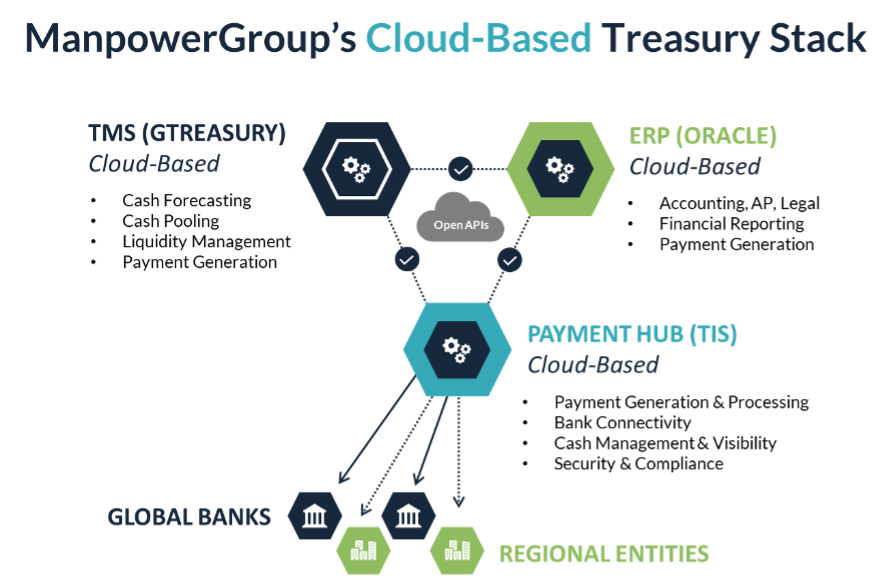 The final result?
The final result?
Gauging the Success of ManpowerGroup’s Technology Overhaul
From start to finish and including the RFP process, it took Fernando and his team approximately 18 months to tackle the TMS and Enterprise Payment Hub implementations. Over the course of the project, his treasury team collaborated with hundreds of internal stakeholders across IT, AP, and accounting, as well as externally via their banks and solution providers. Now in 2022, this three-tiered technology network is already proving vital for maintaining visibility and control over global payments, cash, and liquidity data at the HQ level.
As of Q4 2021, ManpowerGroup’s treasury team has gone from <25% daily cash visibility across all their banks and accounts to ~70%, with even more gains expected in the next year. Significant automation to their payment generation and processing functions has also freed up more time for treasury and strengthened their controls for security and compliance. In addition, the upgraded forecasting and liquidity management structure provided through their TMS has helped streamline their cash repatriation strategy to the U.S. and subsequently helped minimize the amount of new debt issued. Definitive numbers related to improvements in forecasting accuracy, which was a vital component associated with the TMS implementation, will be available later in 2022.
Ultimately, the insights they’ve gained and control they’ve achieved have resulted in ManpowerGroup making back the implementation costs of all three solutions in just two years. And they’re not finished yet; moving forward, ManpowerGroup has plans to continue rationalizing their banking and systems landscape to push for 90%+ daily account and payments visibility. They also have plans to connect more outbound payment functions, such as payroll, into their core structure to achieve a greater level of unified visibility and control.
But beyond the numbers, there have been a series of qualitative benefits realized by treasury as a result of this implementation.
Before this project was undertaken, ManpowerGroup’s small treasury team relied on outdated and siloed data, had little real-time information or control, and subsequently struggled to optimize their processes. As a result, other business units could not rely on Treasury for financial data because it was often outdated or inaccurate. This meant that aside from their core duties, treasury was not substantially contributing to the enterprise’s financial growth or maturity. But now, numerous departments internally at HQ rely on Fernando’s team every day for quick and accurate insight into cash balances, liquidity pools, payment statuses, and compliance and fraud resolutions.
Providing this information in an automated fashion to other stakeholders has ultimately boosted treasury’s reputation as a trusted resource for financial data, and it has also solidified its status as a key internal stakeholder for payments and liquidity.
According to Fernando, treasury optimization should not be out of reach due simply to internal personnel or budget constraints. In his experience, if you are able to effectively demonstrate that treasury projects will bring clear value to the entire organization and its various stakeholders, then your project will gain the approval it needs to become a reality. And by providing clear value to the rest of the organization, treasury teams across the globe can become valued and respected stakeholders within their companies.
For more information concerning the state of treasury technology in 2022 and the industry’s use of new and improved cloud and API solutions, read our latest whitepaper. You can also view more treasury and finance resources here. For more information about TIS, including our leadership team, software capabilities, and customer case studies, visit our website at https://tispayments.com/.
